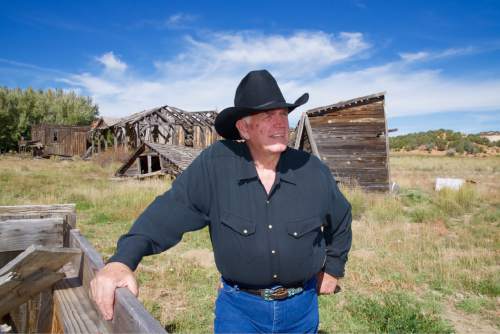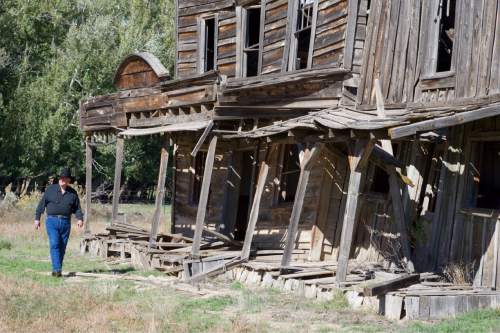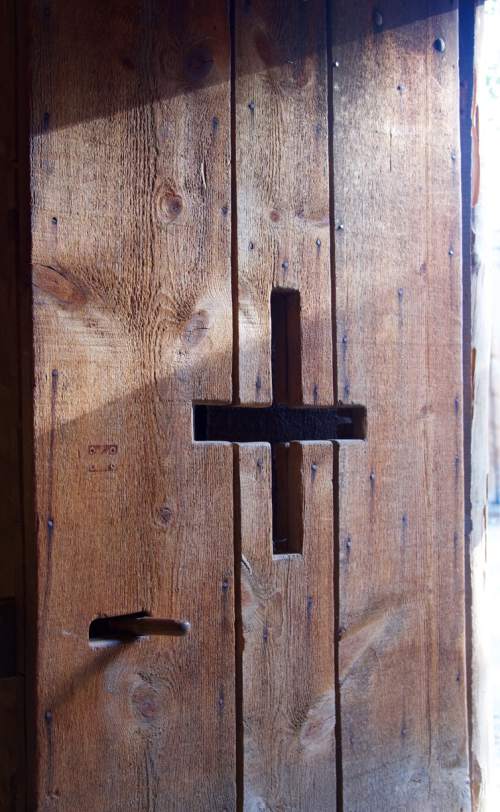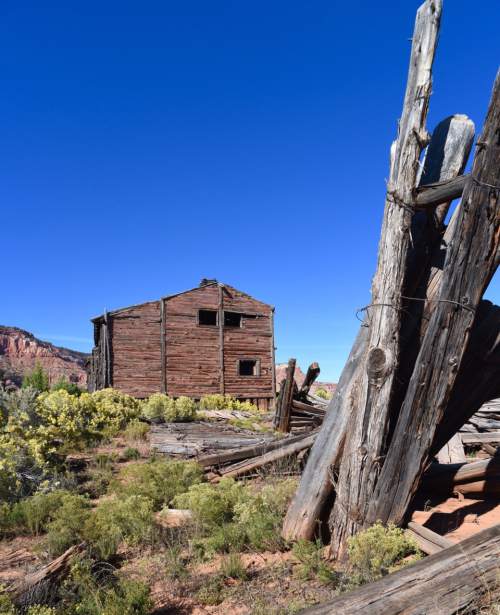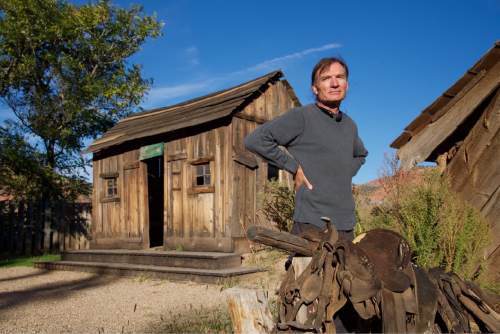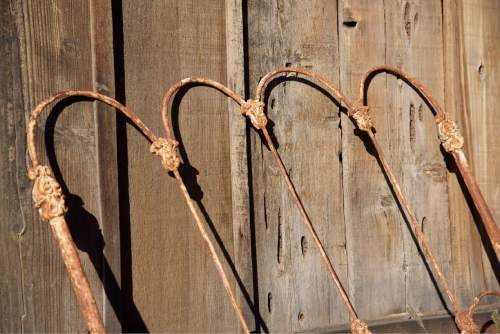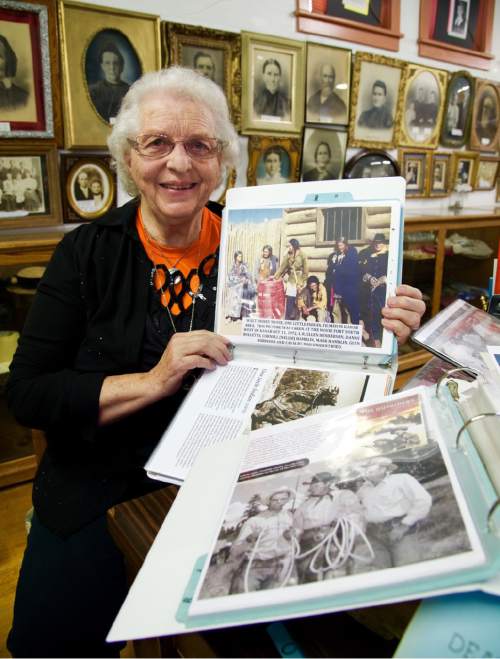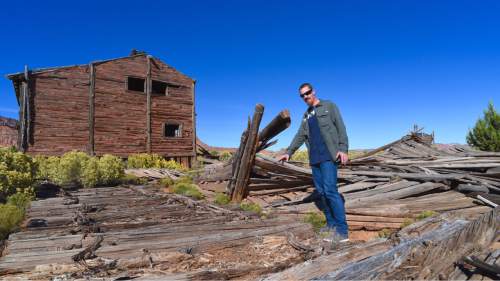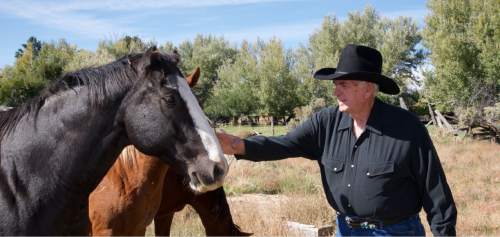This is an archived article that was published on sltrib.com in 2016, and information in the article may be outdated. It is provided only for personal research purposes and may not be reprinted.
On Feb. 24, 2001, a small private plane began its descent over the southern Utah city of Kanab and, flying low, headed to Turkey Crossing.
While a handful of residents watched below, the ashes of legendary movie director Howard Winchell Koch slowly drifted out of the plane, dotting the desert earth below.
For family and friends who gathered that Saturday afternoon, it was a fitting final resting place for Koch, who made 20 films in the Turkey Crossing area and had a great love for Kanab and its residents, often telling friends, "These are people I can trust."
Koch, whose name is still revered by locals, realized the potential offered by Kanab's unique and diverse scenery — once described by John Wayne as "the only place to film a Western."
But long before Koch set his director's chair down on the red desert soil, silent screen star Tom Mix took the advice of Zane Grey and came to town with his production company to shoot portions of "Deadwood Coach" in 1924.
In that same year, three brothers, Chauncey, Whitney and Gronway Parry, operated a small transportation company in Kanab, shuttling cast and crew members to movie sites — a role expanding to coordinating locations for filming, finding horses and cattle, preparing meals and providing extras from among the town's residents. According to historical records, the far-sighted brothers, armed with hundreds of photographs of the area, began knocking on the doors of other Hollywood movie companies to encourage filming in the area.
From that time on, local residents tell you that Kanab became the town where just about everyone was in the movie business and old-timers can still recall when school would be let out early if a movie needed additional extras.
In 1931, the Parry brothers bought a large Colonial-style home and named it the Parry Lodge, where most of Hollywood's top stars and crew stayed, dined and partied. Their names still adorn the doorways of many of the Lodge's rooms.
Dennis Judd, the son of a Kanab ranching family, was a 14-year-old working as a bellhop at the hotel and loved the glamour and excitement that came with rubbing shoulders with movie stars. Now retired, Judd recalls, "When the stars were in town, I often made more money in a day than my father made in a month."
It was while working at the Parry Lodge that he, along with most of his classmates, began working as extras in many of the films. "We would be dressed as soldiers for one scene, and then, after a quick costume change, be dressed as Indians running in the opposite direction." When he turned 16, Judd obtained a coveted Teamsters membership, permitting him to work with livestock on the movie sets. "My wages doubled overnight. It was an amazing experience for a young man in the '50s."
Many movie stars would arrive in Kanab on helicopters from nearby Las Vegas, but actor Dean Martin wanted to fly into town in his private jet. When informed that the local runway wasn't long enough for his plane, Judd said, the actor paid to have it extended.
The remaining movie set at Johnson Canyon is badly deteriorated — a stark and eerie reminder of the golden age of Western filmmaking. But if one stands very still, it doesn't take much imagination to see James Arnett as Marshal Matt Dillon walking through the swinging doors of the still-standing Longhorn Saloon or Amanda Blake in the role of Miss Kitty, the tough saloon owner who stands up to the bad guys.
Don Knotts and Tim Conway may be the last actors who filmed at the wooden military fort in the Cottonwood area of Kanab. Painted red and "rebranded" as a hotel for their 1979 Disney film, "The Apple Dumpling Gang Rides Again," the fort was the location of numerous Western films, but its partially burned exterior now stands skeletal against the redrock background.
The era of Western films may be over, but according to Kanab Film Commissioner Kelly Stowell, the Kanab landscape — Utah's "Little Hollywood" — continues to draw filmmakers. Stowell also coordinates locations for catalog retailers looking for unique backdrops for their fashion models and products. —
Utah's 'Little Hollywood'
Here are some sites for more information on Kanab and its Western filmmaking history:
utah.com/kanab
More photos online • See more photos of Kanab's filmmaking past at sltrib.com/entertainment




